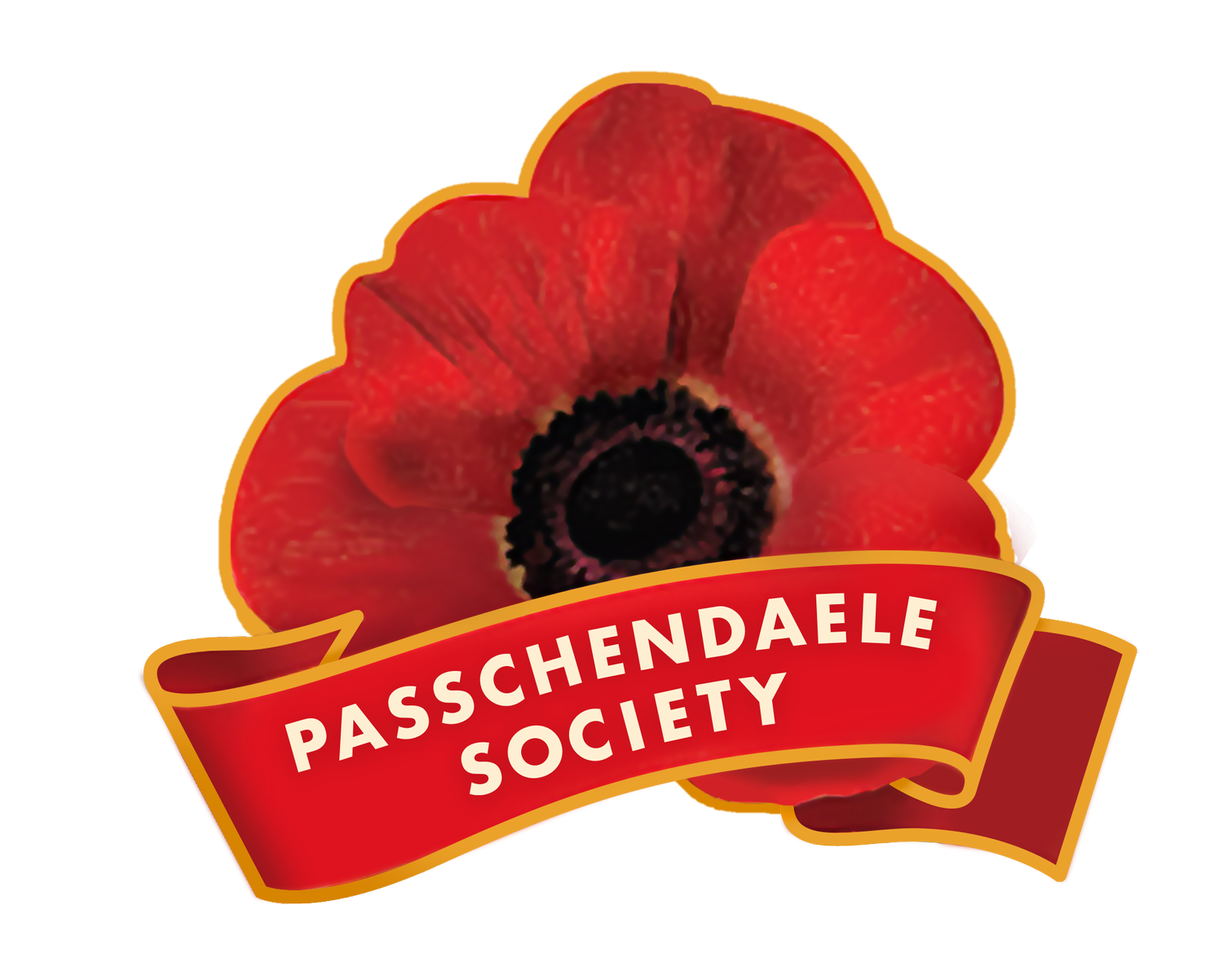Pou Maumahara
The official unveiling ceremony of the Pou Maumahara (Maori Memorial Carving) took place at the Passchendaele Memorial Museum 1917 in Zonnebeke. The magnificent carving sits proudly near the carpark, one side looks out in the direction of the jumping off line for the Passchendaele campaign, the other side looks towards our New Zealand Memorial & Garden and New Zealand.
The Pou was created from one ancient 4,500-year-old swamp Kauri log weighing 17 tonnes. The finished carving is 8 metres high, weighs 6 tonnes and is erected on a large concrete plinth. It was carved over a four-year period by master carvers from the New Zealand Maori Arts and Crafts Institute at Te Puia in Rotorua. This is the first and only Maori memorial in Europe (including Gallipoli).
While the carving was carried out in New Zealand, the project was driven by one dedicated Belgian, Freddy Declerck, who grew up on the battlefields of Flanders. He spent more than a decade raising awareness about New Zealand’s role in the Battle of Passchendaele and the Western Front. “The Maori contingent had far greater involvement in the Western Front than anywhere else.” Mr Declerck said. “Only 36 Maori are buried in Gallipoli but 232 died here on the Western Front.” Two years on, after seeing the monument finally erected, a teary-eyed Mr Declerck said he hoped it would make New Zealanders proud.
During the First World War, 2,227 men served in the Maori Pioneer Battalion - 336 died on active service and 734 were wounded. The battalion carried out logistical and construction tasks on the Belgian battlefields, digging trenches and building roads and light railway lines, often under heavy shelling.
New Zealand Ambassador to Belgium Gregory Andrews was at Zonnebeke when the monument was erected and said it was a fitting commemoration. “It’s an incredible honour to have a piece so identifiably New Zealand in the heart of Passchendaele to tell the story about Maori in World War I,” Mr Andrews said. “To end the centenary period with this monument, which will be here for people to see for ever, is incredibly moving. It shows the connection between Belgium and New Zealand is strong and enduring. This is also the first time the role of Maori in the First World War has been recognised in this way in Europe.”
Pou Maumahara at night - Eric-Compernolle



